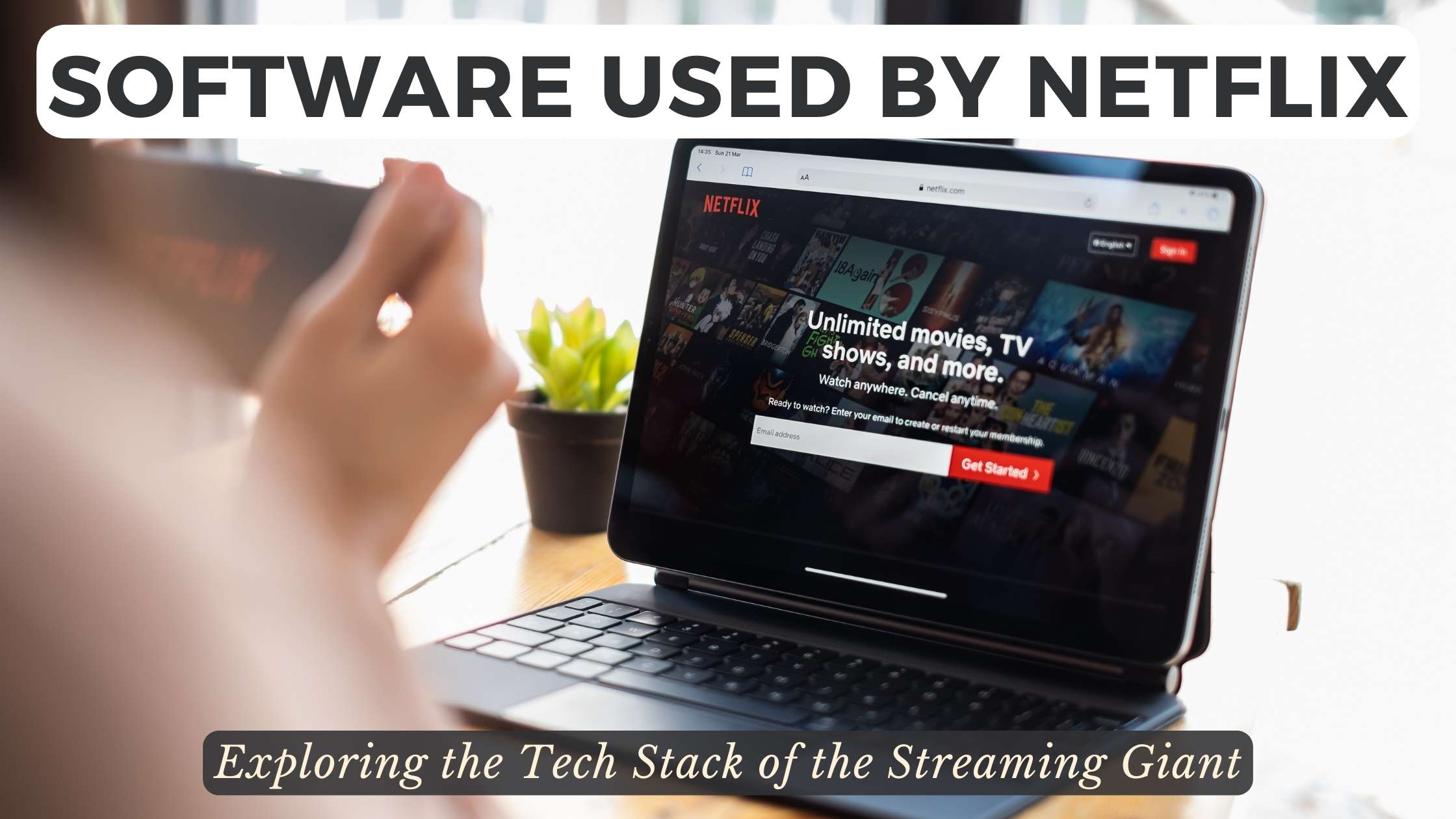Software Used by Netflix: Exploring the Tech Stack of the Streaming Giant
- WebOps Platforms Bug Tracking & Feedback Software Web Development & Design


Software Used by Netflix: Exploring the Tech Stack of the Streaming Giant
Netflix, the world’s leading streaming platform, has redefined the entertainment landscape. Behind its seamless streaming experience lies a sophisticated tech stack. In this exploration, we delve into the software that powers Netflix, unraveling the layers of technology that contribute to its success.
The Netflix Tech Stack Unveiled
1. Content Delivery Network (CDN)
At the heart of Netflix’s streaming capabilities is its CDN. Netflix utilizes a robust CDN infrastructure to deliver content efficiently. The Open Connect CDN, developed by Netflix, ensures a high-quality streaming experience by caching content closer to end-users.
2. Microservices Architecture
Netflix embraces a microservices architecture, breaking down its application into smaller, independently deployable services. This architecture enhances scalability, fault isolation, and accelerates the development and deployment of new features.
3. Java Programming Language
Java is the primary programming language employed by Netflix. Its portability, performance, and scalability make it an ideal choice for building and maintaining the complex backend systems that power the streaming service.
4. JavaScript (React) for Frontend
On the frontend, Netflix uses JavaScript, particularly the React library, to create responsive and interactive user interfaces. React’s component-based architecture aligns with Netflix’s need for a modular and scalable frontend.
5. Big Data and Analytics
Netflix leverages big data analytics to understand user behavior, preferences, and optimize content recommendations. Tools like Apache Spark and Druid play a crucial role in processing and analyzing vast amounts of data.
SaaS Products Shaping the Streaming Experience
1. Amazon Web Services (AWS)
Amazon Web Services provides the underlying infrastructure for Netflix’s streaming service. From computing power to storage solutions, AWS is integral to the platform’s scalability and reliability.
2. Chaos Monkey (Simian Army)
Chaos Monkey, part of Netflix’s Simian Army, is a resilience tool that randomly terminates instances during off-peak hours. This approach ensures that engineers are constantly prepared for failures, promoting a resilient system.
3. Spinnaker for Continuous Delivery
Spinnaker is an open-source, multi-cloud continuous delivery platform. Netflix uses Spinnaker to automate the deployment and delivery of its microservices, facilitating a rapid and reliable release process.
4. Eureka for Service Discovery
Eureka, a service registry, aids in the dynamic scaling of microservices. It allows services to find and communicate with each other efficiently, contributing to the agility of Netflix’s architecture.
5. GraalVM for JVM-based Languages
GraalVM is utilized for its ability to run applications in multiple languages on the Java Virtual Machine (JVM). This enhances the efficiency of the codebase and supports polyglot programming within the Netflix ecosystem.
Conclusion: Innovating Entertainment Through Technology
In conclusion, Netflix’s tech stack epitomizes innovation in the streaming industry. From CDN optimization to microservices architecture, each component contributes to a seamless streaming experience. As businesses aspire to replicate such success, Subscribed.FYI stands as a valuable ally, offering insights and deals to streamline their SaaS journey.
As we marvel at the technological prowess of Netflix, managing a diverse SaaS stack becomes paramount for businesses. Subscribed.FYI emerges as the go-to platform for freelancers and teams seeking to navigate the intricacies of SaaS tools. By centralizing information, comparing features, and unlocking exclusive deals, Subscribed.FYI empowers users to optimize their software subscriptions effortlessly.
Relevant Links:





